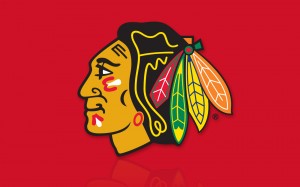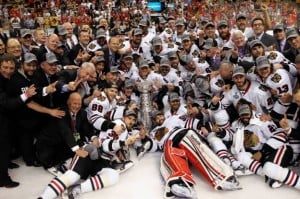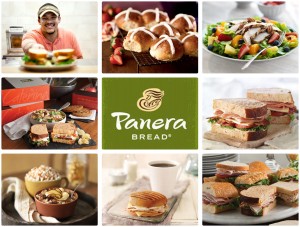In 2004, “ESPN named the Blackhawks as the worst franchise in all of professional sports” (English). So how did the Chicago Blackhawks go from one of the worst teams in the NHL to one of the best? While reading several articles, the answer became apparent to me: they made alterations in their operations management (OM). It suddenly became clear how easily operations management can be linked back to almost any topic. I became in engrossed in finding out exactly which OM decisions were made that resulted in this significant change.
In 2007, owner of the Blackhawks, Bill Wirtz, passed away leaving his son, Rocky Wirtz, in charge of this franchise. Rocky wanted to correct his father’s mistakes and was dedicated to make this change happen; “He wanted to get Chicago back on the Blackhawks’ side.” (English). First, he made job position changes by signing John McDonough (president) and Stan Bowman (Vice President). He began to build a new team of individuals all devoted to a resurgence of the Blackhawks. From there, changing the coaching and players came next.
Ultimately, he wanted to “re-brand” the Blackhawks experience for the fans who had lost faith in the franchise. To make this possible, he renovated the United Center; he added more entertainment outside of the arena so no matter where you were sitting, you would be having the same level of enjoyment. By partnering with the White Sox and WGN, he was able to bring back televised home games. Fans were getting excited about the team again. By adopting his method of “long term thinking”, he was able to create the change this franchise needed.
Why is this related to Operations Management? By looking at the 10 OM decisions one can pin point how Wirtz was able make this change happen.
The Strategic Decisions:
- Design of goods and services
- Managing quality
- Process and capacity design
- Location strategy
- Layout strategy
- Human resources and job design
- Supply-chain management
- Inventory management
- Scheduling
- Maintenance
These strategic decisions reflect the alterations made in the Blackhawks. Designing services is seen through the signing in new players and changing the coaching, while wanting to create the best experience for their fans is an example of managing quality. By adding services and a new design to the United Center, Wirtz was catering to the desires of their customers. His consideration of costs, logistics, technology, and “flow of materials, people, and information” is an example of their location and layout strategy. He demonstrated human resources and job design decisions by employing motivated individuals dedicated to his mission. These are just a few of the multiple operations management decisions that were implemented while rebuilding the Blackhawks.
I believe this is an excellent example of how operations management can be a great tool to improve a struggling organization. The definition of operations management is “the set of activities that create value in the form of goods and services by transforming inputs into outputs” (Heizer & Render). Wirtz was able to create value in the Blackhawks by changing the players, coaching, and the building. By altering these inputs, the output that resulted was this new Blackhawks team that is better than ever before. This turnaround of the Blackhawks has brought back to the fans the sense of pride and devotion to hockey. Now it is almost impossible to walk down a street in Chicago without seeing a piece of Blackhawks merchandise. It is safe to say that Rocky Wirtz accomplished what he set out to do.
What do you think about employing these operation management decisions to “rebuild” a franchise? Can you think of any other organizations/companies that similarly had to change their business approach?
Sources:
Heizer, Jay, and Barry Render. Principles of Operations Management. Upper Saddle River. 2013. Print.
http://thesouthern.com/sports/english-rocky-wirtz-saved-the-blackhawks/article_5252a858-e5f4-11e2-8d27-001a4bcf887a.html
http://www.dailyherald.com/article/20140711/sports/140719804/
http://www.sportsbusinessdaily.com/Journal/Issues/2013/04/22/Franchises/Blackhawks.aspx


